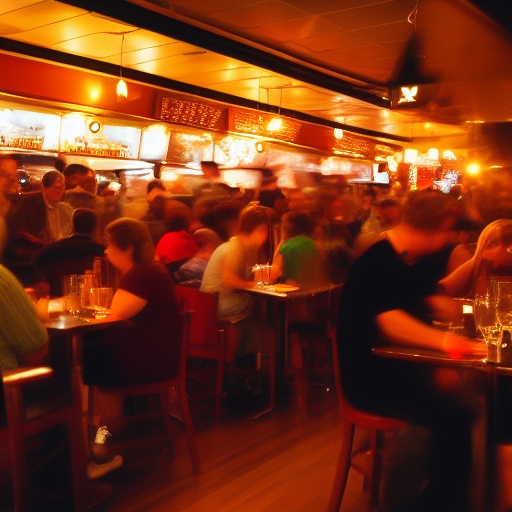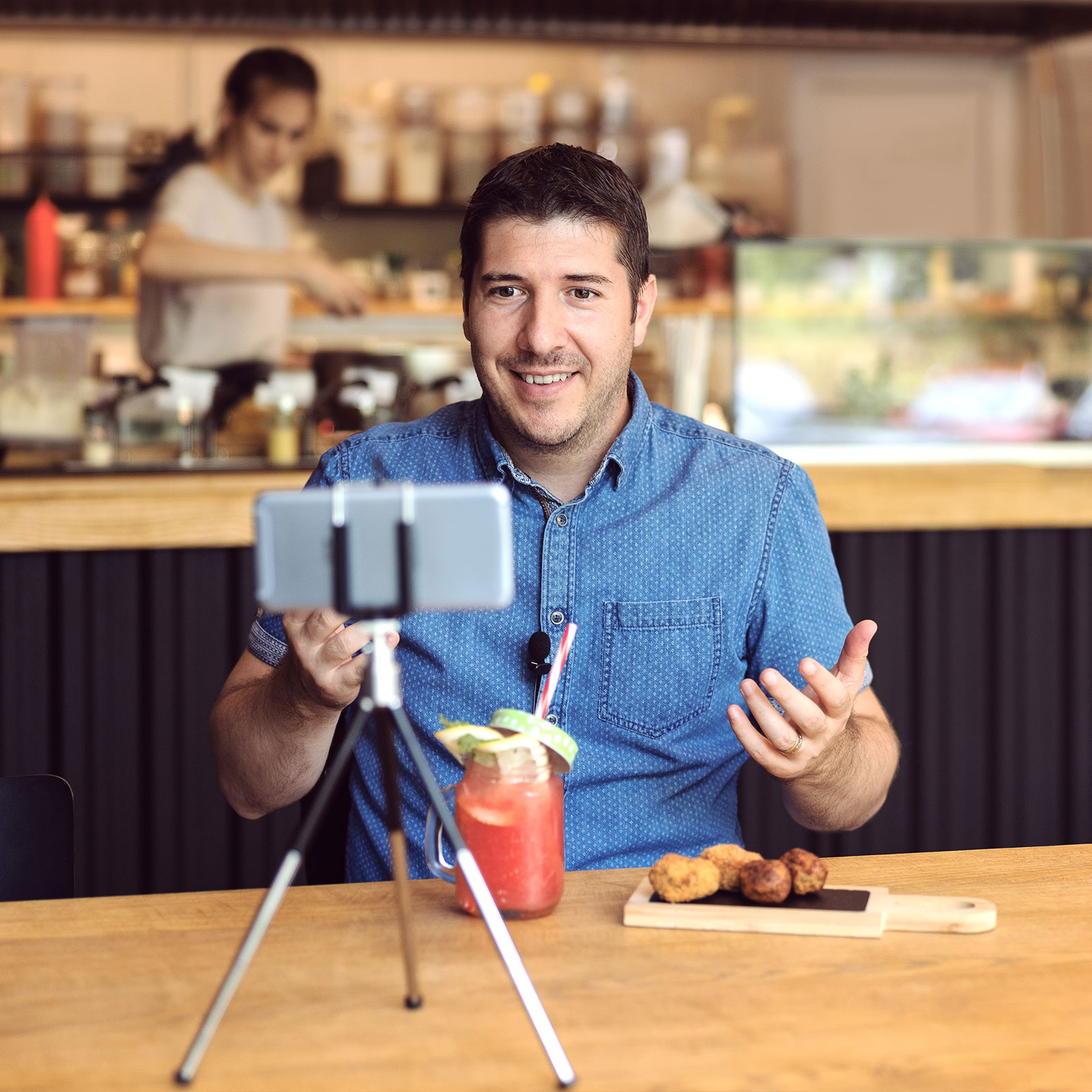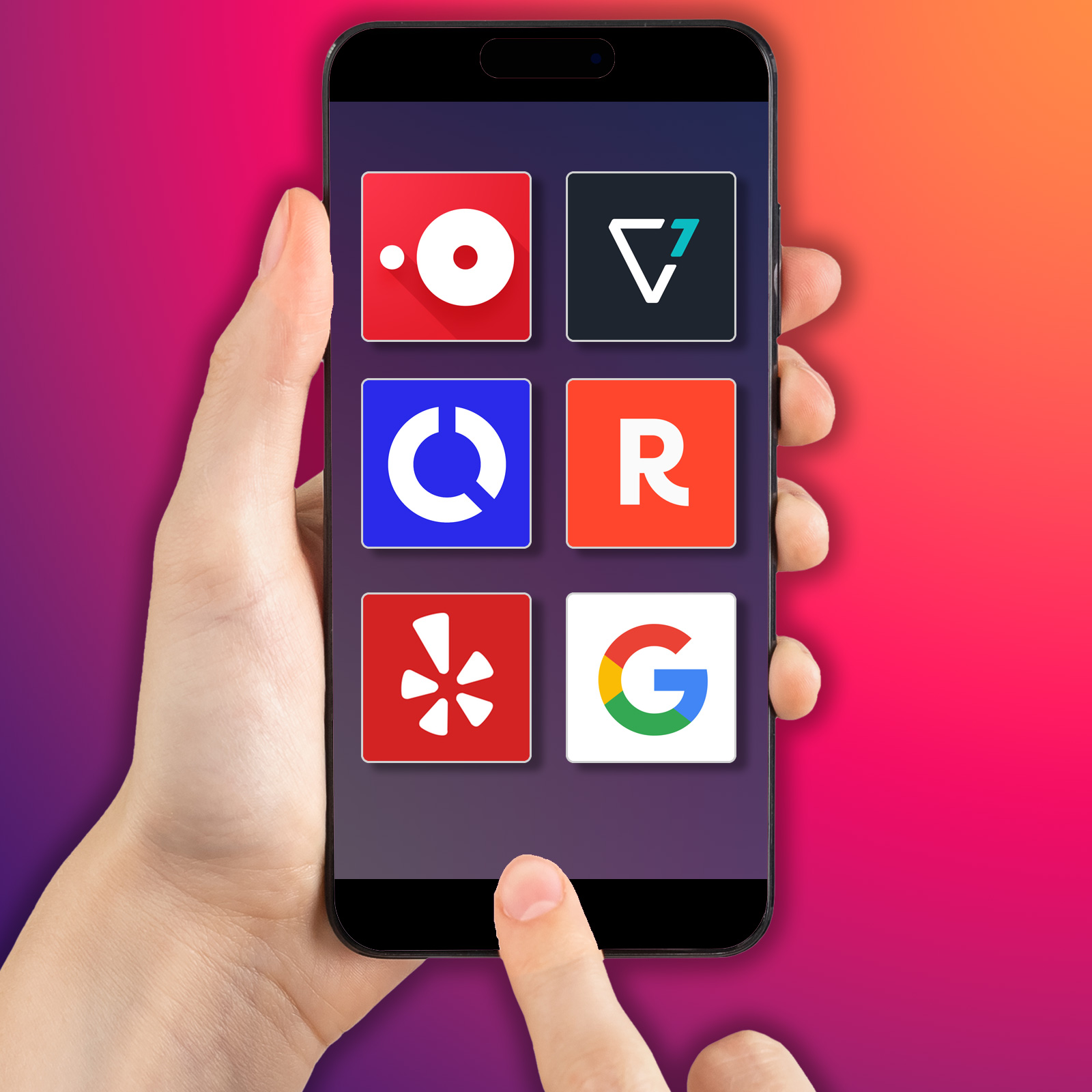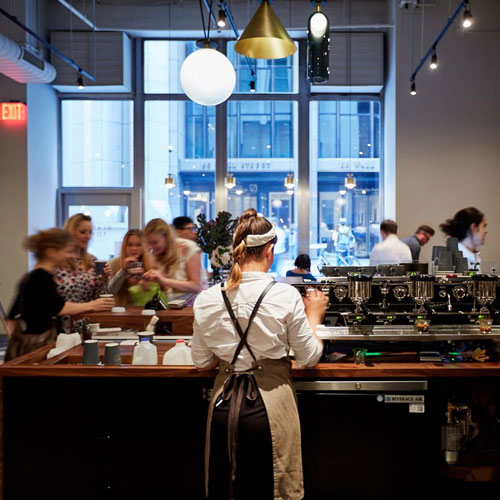Digital marketing has become an essential component of any successful restaurant or hospitality business. From social media to email marketing and websites, there are countless ways to reach your target audience and drive sales. But with so many different channels and strategies to choose from, how do you know what is working and what isn’t? Measuring the success of your restaurant’s digital marketing efforts is crucial for making informed decisions about where to focus your limited resources.
Here are some key metrics to track when evaluating the effectiveness of your digital marketing efforts:
- Website Traffic
Your restaurant’s website should be the hub of your online presence. Tracking the number of visitors to your website and where they are coming from (e.g. search engines, social media, etc.) can give you valuable insights into the effectiveness of your marketing efforts and where to focus your resources. Google Analytics is free and can provide a ton of insights into your website traffic.- If you’re not familiar with Google Analytics, make sure to check out this post: “Key Performance Indicators to Monitor in Google Analytics for Website Optimization”
- Social Media Engagement
Social media is a powerful tool for reaching and engaging with your target audience. Tracking metrics such as likes, shares, and comments on your posts can give you a sense of how your audience is responding to your content and which messages are resonating with them. Both Facebook and Instagram have free tools for measuring these basic KPIs. Content should be posted consistently with clear, measurable calls-to-action (make a reservation, view the menu, etc.). - Email Open and Click-Through Rates
Email marketing is an effective way to stay top-of-mind with your customers and drive repeat business. Tracking the open and click-through rates of your emails can give you a sense of how well your messages are being received and whether your subject lines and content are compelling enough to get your audience to take action. This is important for both standard newsletters as well as any automations you have setup on your reservation or ordering platforms. - Online Reviews
Online reviews are an important factor in driving new business to your restaurant. Tracking the number and average rating of your online reviews can give you a sense of how your restaurant is perceived by your customers and whether you are meeting (or exceeding) their expectations. - Reservation Sources
If you use a platform like OpenTable or SevenRooms to book reservations, you’ll want to setup specific tracking links for all the channels discussed above to measure bookings. Website traffic and email opens are great, but reservations are what bring guests through the door. While it’s not always possible to track every reservation that comes in back to their original source, the more clarity you can have on which channels are converting to reservations, the more you can invest in those efforts. - Sales and Revenue
Ultimately, the success of your digital marketing efforts should be measured by their impact on your bottom line. Tracking sales and revenue data can give you a clear picture of whether your marketing efforts are driving real results and contributing to the overall success of your business.
Measuring the success of your restaurant’s digital marketing efforts is not a one-time exercise. Regularly tracking and analyzing these key metrics can help you fine-tune your strategy and make informed decisions about where to focus your resources. By understanding what is working and what isn’t, you can continually improve your digital marketing efforts and drive better results for your business.






